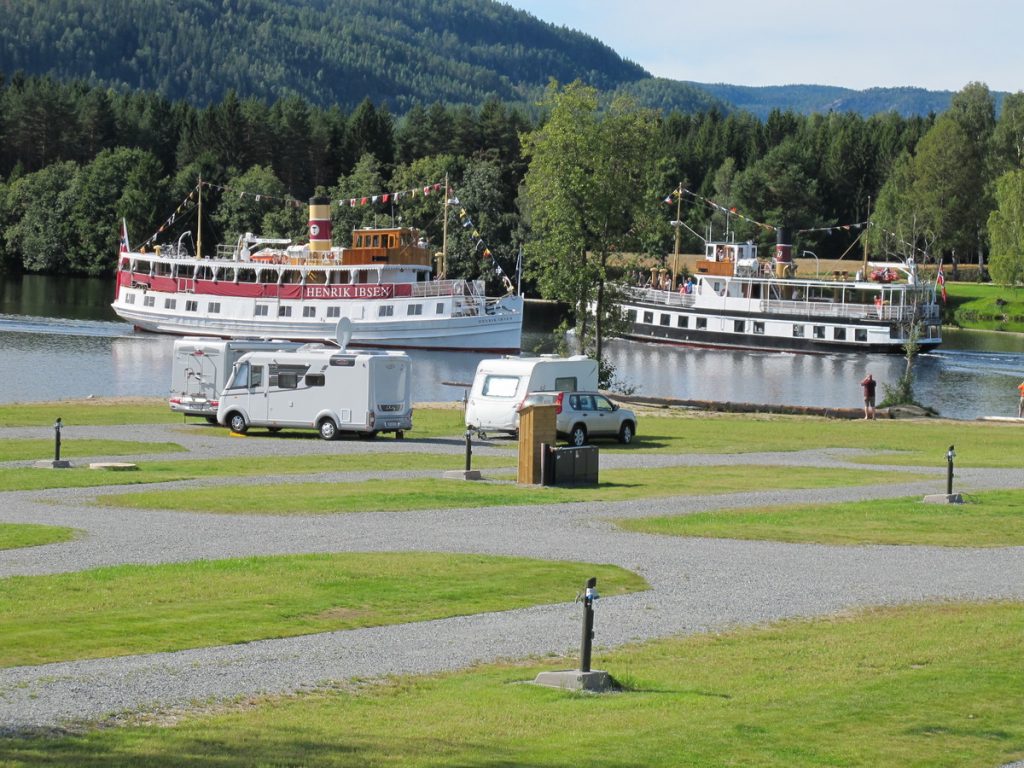Small freecamp site nearby cemetery.
Great views over the sea and a sandy white beach. Located at the northern part of the island Senja (The fairytale island) in the small fjord called Botnhamn. Senja is Norway’s second largest island. The anglers will like it in one of the small fishing villages where fishing is the way of life. Senja are surrounded by high mountains and the deep, blue Atlantic Ocean. The picture above are taken in Botnhamn at 2 am – beutiful midningt sun. You will find more freecamp sites at Senja in the book “Freecampers Guide to Norway”
69.5575, 17.9068
Type : Freecamp
Surface: Gravel
Spaces : 3
Length : <8m
You can find more sites and information in our bookseries “FreeCampers Guide”

Beatiful scenery

Caravans OK

Tents OK

Possibilities for bathing

Saltwater fishing

Firepit or grill

Picnic table

Open/accessible all year

Sea area
































